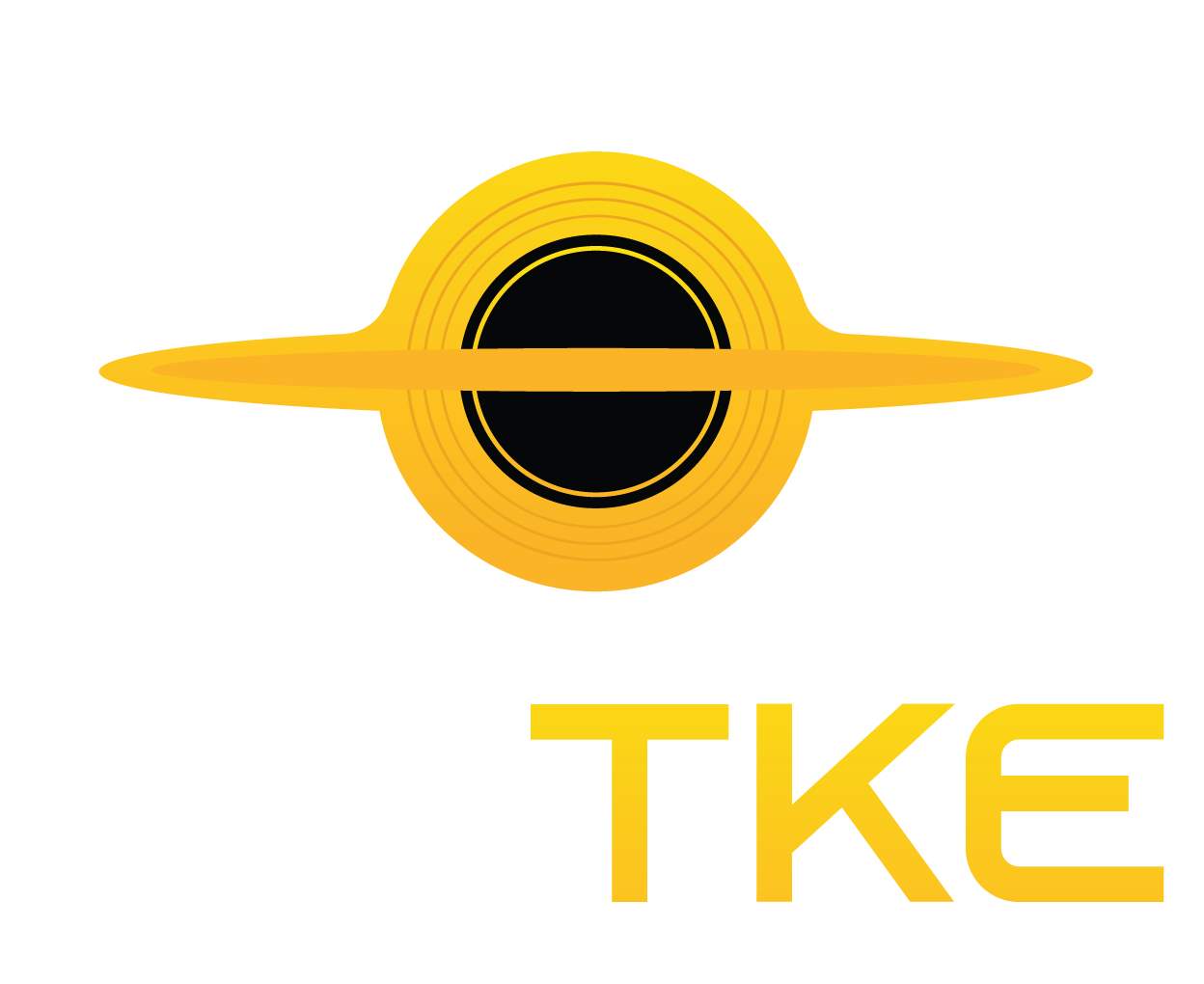Physicists Confirm the Existence Of Two-Dimensional Particles Called ‘Anyons’
After decades of exploration in nature's most minor domains, physicists have finally found proof that anyons exist. 1st predicted by theorists in the early 1980s, these particle-like objects arise in realms confined to two dimensions and then under certain circumstances-- like at temperatures near absolute zero and in the existence of a solid magnetic...










